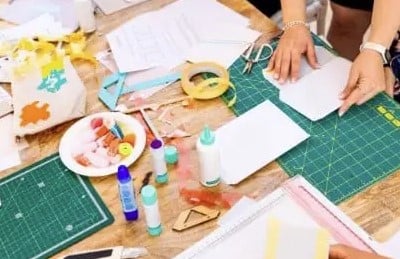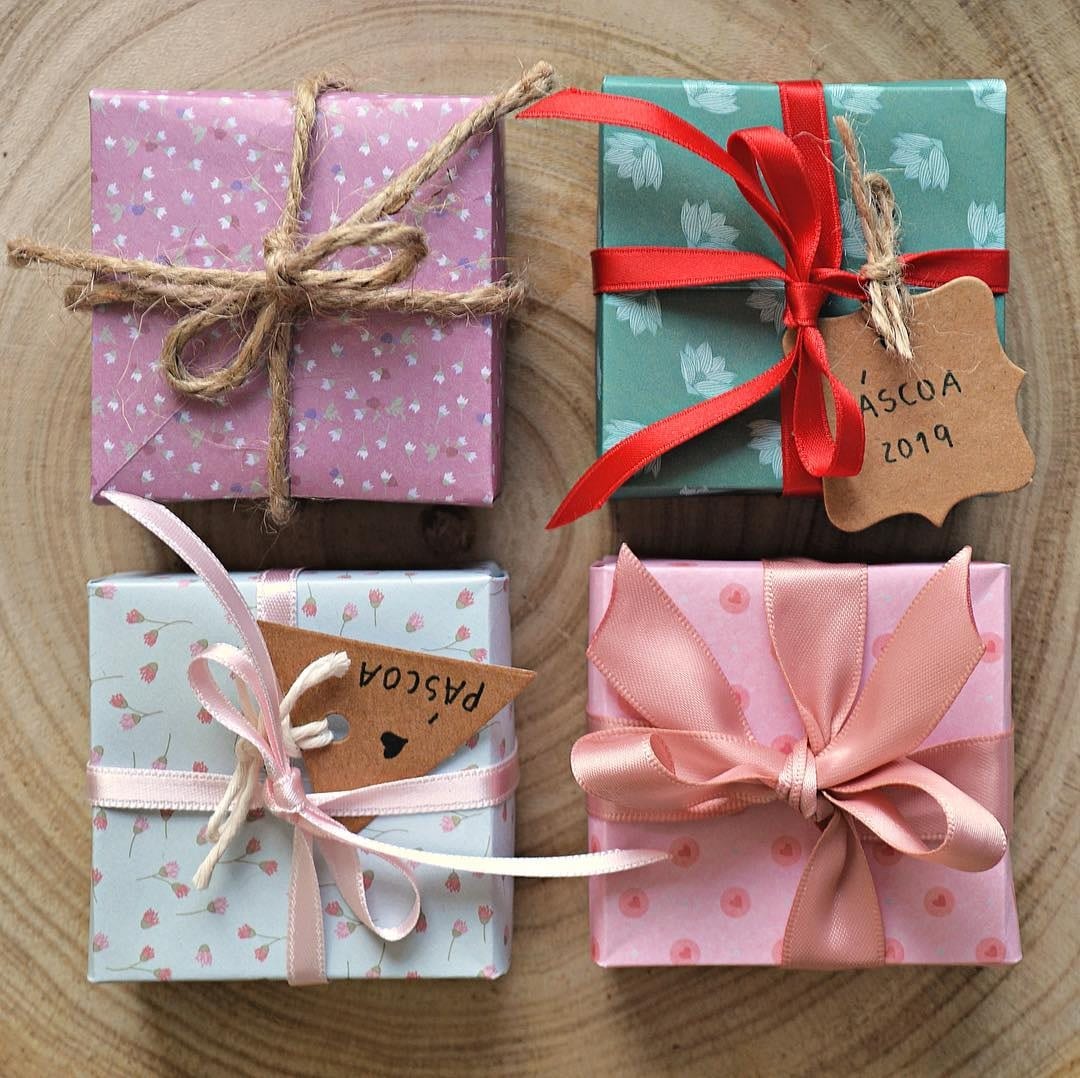How to Sell Art & Craft Online: Navigating the Digital Marketplace.How to Sell Art & Craft Online: Navigating the Digital Marketplace.
In recent years, the rise of e-commerce has opened up new avenues for artisans and crafters to share their creations with a global audience. Selling crafts online can be both a fulfilling and profitable endeavor, but it comes with its own set of challenges and intricacies. Whether you’re a seasoned seller or just starting, these professional tips can help you maximize your online business potential.
1. Choose the Right Platform
Selecting the ideal platform for your crafts can make a significant difference in your online sales success. Here are some popular options to consider:
Amazon Handmade: Leveraging Amazon’s massive customer base, this option allows you to reach a wider audience.
Shopify: Perfect for those looking to create a dedicated online store, Shopify offers customization options and an extensive range of apps.
Etsy: This platform is specifically tailored for handmade and vintage items, making it a popular choice for crafters.
Ebay: Depending on the type of craft products you supply you may be able to find ideal customers on Ebay.
ArtCraftr: Find customers and like minded sellers on ArtCraftr. You are able to create a shop and use ArtCraftr checkout system or you can just opt to share your products on Art craftr destasher blog timeline for free. Reaching your ideal customers.
Social Media: Platforms like Instagram and Facebook not only allow you to showcase your work but also facilitate direct selling through features like Shops.
When selecting a platform, consider your target audience, the fees involved, and the ease of use.
2. Showcase Your Products Professionally
The presentation of your crafts is crucial in attracting customers. Here are key strategies to ensure your products stand out:
High-Quality Images: Use well-lit, high-resolution images that showcase your crafts from multiple angles. Consider including lifestyle images where your products are used.
Compelling Descriptions: Write detailed descriptions that highlight the unique features and benefits of your crafts. Include information about materials, sizes, and care instructions.
Branding Consistency: Develop a recognizable brand that reflects your crafts’ aesthetic. This includes your logo, color palette, and overall design of your online shop.
A strong visual and textual representation will enhance customer trust and increase the likelihood of sales.
3. Leverage Social Media Marketing
With millions of users, social media offers a powerful platform for promoting your crafts. Here are some effective practices:
Engagement: Regularly interact with your followers by responding to comments and messages. Share behind-the-scenes content, and polls, and ask for feedback to foster community.
Influencer Collaborations: Partnering with influencers who align with your brand can provide exposure to new audiences. Make sure to choose influencers whose followers match your target demographic.
Hashtag Strategy: Use relevant hashtags to increase the visibility of your posts. Aim for a mix of popular and niche hashtags to broaden your reach.
Developing a robust social media presence can significantly enhance your brand awareness and customer engagement.
4. Optimize for Search Engines
Understanding Search Engine Optimization (SEO) will help your products rank higher in search results, visibility is key for online sales. Here’s how to optimize your listings:
Keyword Research: Identify keywords that potential customers might use to search for your products. Use tools like Google Keyword Planner or Ubersuggest.
Title and Description Optimization: Integrate relevant keywords naturally into your product titles and descriptions while ensuring they remain clear and informative.
Alt Text for Images: Use descriptive alt text for your images to improve their visibility in image search results.
An effective SEO strategy can drive traffic to your shop and increase potential sales.
5. Focus on Customer Service and Feedback
Providing outstanding customer service is vital for building a loyal customer base. Here are some practices to enhance customer satisfaction:
Timely Responses: Aim to respond to customer inquiries quickly. Prompt communication can often make the difference between a sale and a lost opportunity.
Personal Touch: Consider including handwritten notes or small freebies with purchases to create a memorable experience for customers.
Encourage Reviews: After a transaction, kindly request customers to leave reviews. Positive feedback not only boosts your credibility but also helps refine your product offerings based on constructive criticism.
Ultimately, outstanding customer service can lead to repeat sales and positive word-of-mouth referrals.
Conclusion
Selling crafts online offers a wealth of opportunities for genuine artisans to reach a broader market. By choosing the right platform, presenting your products professionally, leveraging social media, optimizing for search engines, and providing exceptional customer service, you can build a successful online craft business. As you navigate this journey, remember that each challenge presents a learning opportunity, and continuous adaptation will be key to your long-term success. Embrace the exciting world of online selling, and let your creativity shine in the digital marketplace.














































